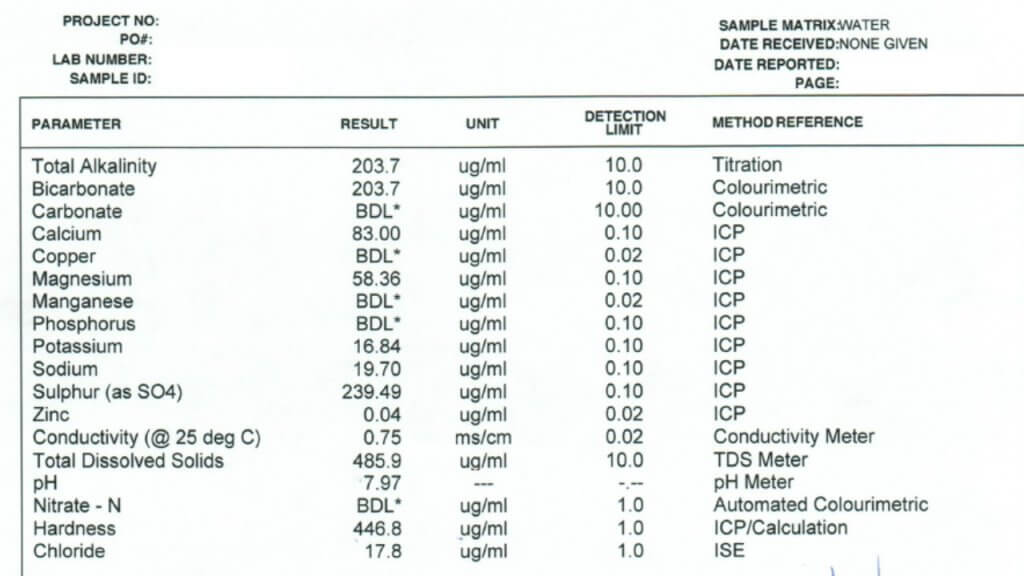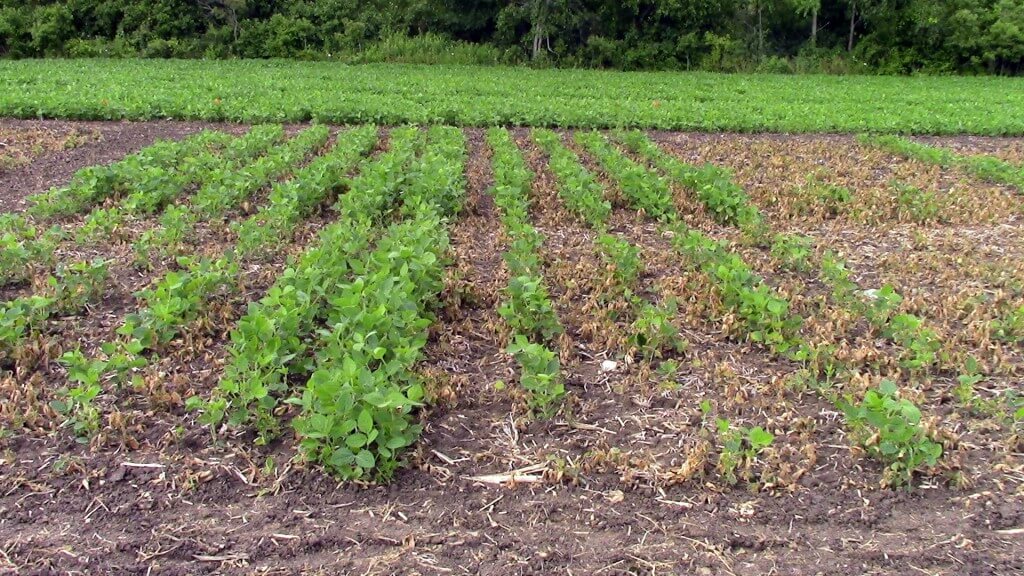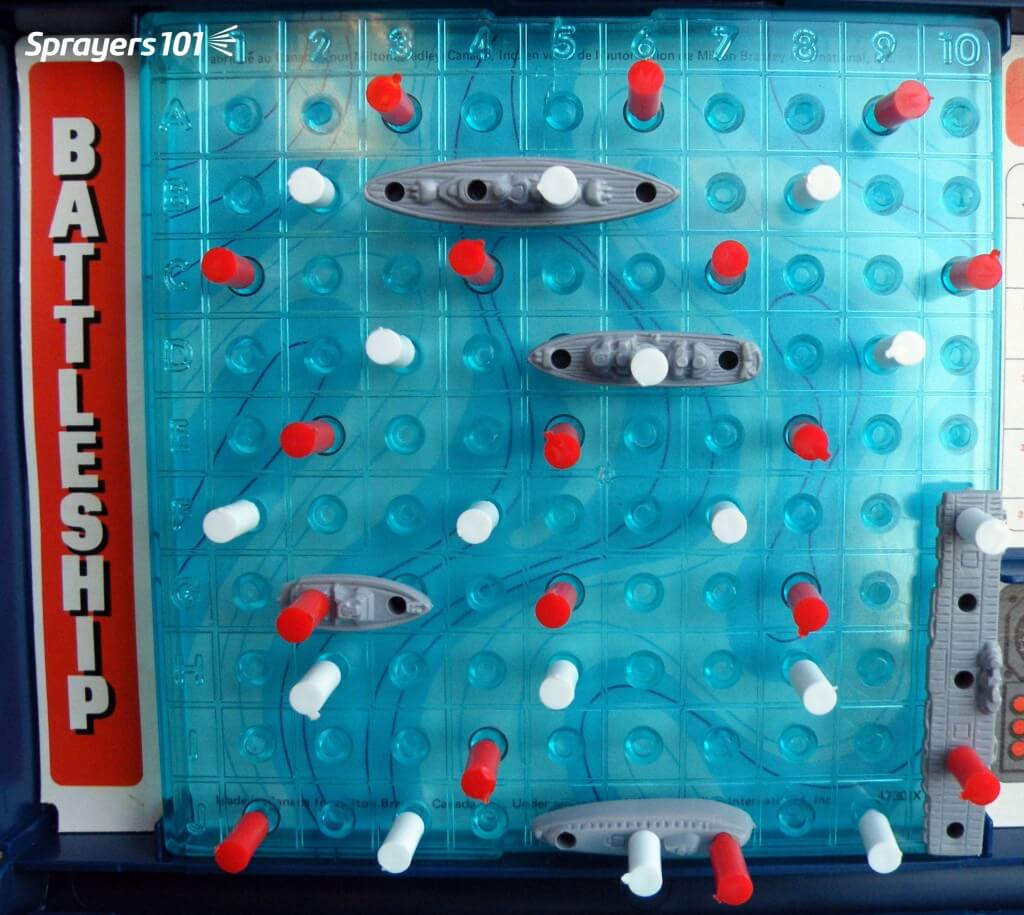
It’s common advice: Test your water before using it as a spray carrier. You dutifully sample the well or dugout and await lab results. And what comes back is a whole lot of numbers. How to make sense of it all? All three of these tests report a large number of properties and identify specific […]
Read More… from How to interpret a water quality test result



